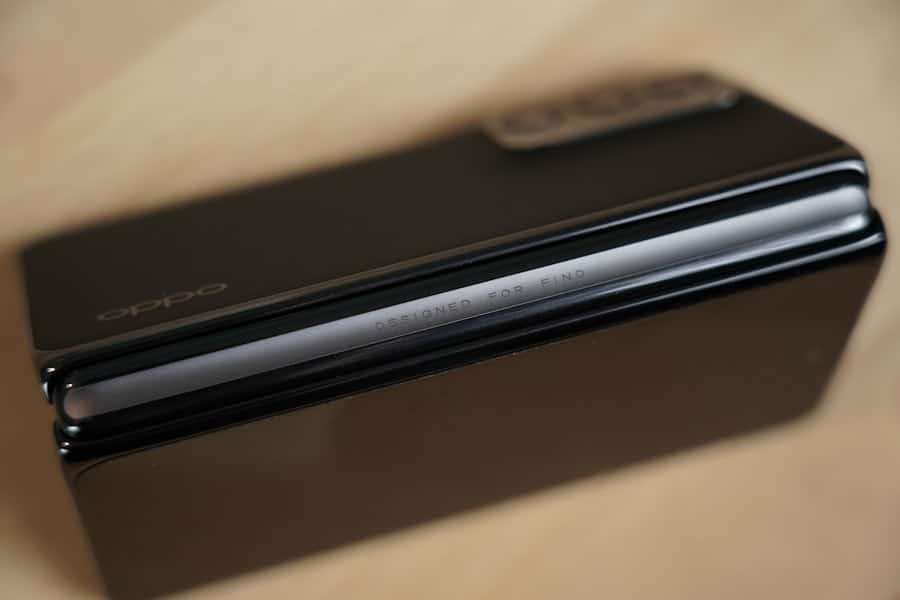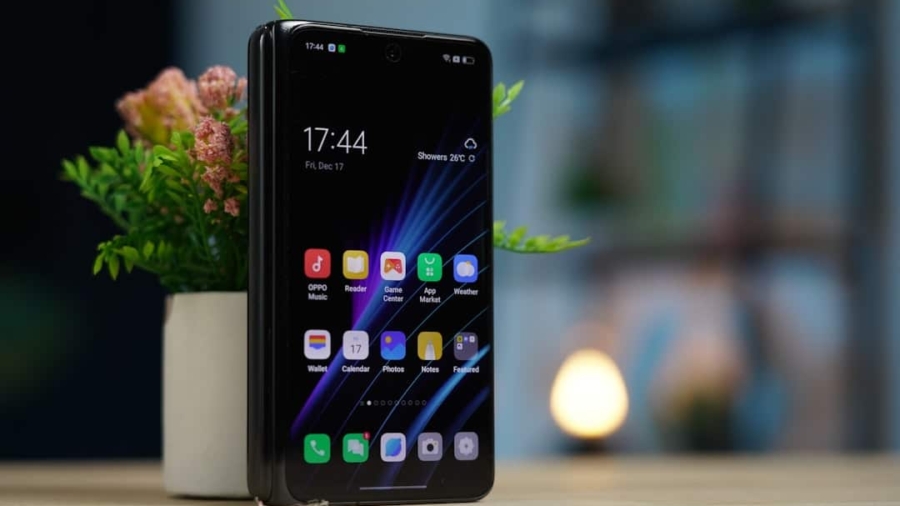Smart glasses represent a fascinating intersection of technology and everyday life, merging the physical world with digital information in a seamless manner. These wearable devices, often resembling traditional eyewear, are equipped with advanced features such as augmented reality (AR), heads-up displays, and voice recognition capabilities. The evolution of smart glasses has been driven by rapid advancements in miniaturization, sensor technology, and connectivity, allowing for a more immersive user experience.
As a result, smart glasses have garnered significant attention from tech enthusiasts, businesses, and consumers alike, sparking discussions about their potential applications and implications. The concept of smart glasses is not entirely new; however, recent developments have propelled them into the mainstream. Companies like Google, Microsoft, and Apple have invested heavily in this technology, each bringing unique features and functionalities to the table.
The integration of artificial intelligence (AI) and machine learning has further enhanced the capabilities of these devices, enabling them to adapt to user preferences and environments. As smart glasses continue to evolve, they promise to redefine how we interact with the world around us, offering a glimpse into a future where digital information is readily accessible at our fingertips—or rather, our eyes.
Key Takeaways
- Smart glasses are wearable devices that display information in a hands-free format, resembling a pair of regular glasses.
- Advantages of smart glasses include augmented reality capabilities, hands-free access to information, and potential for use in various industries.
- Smart glasses have the potential to be used in daily life for activities such as navigation, communication, and accessing information on the go.
- Different smart glasses models vary in terms of design, features, and compatibility with other devices, making it important to compare them before making a purchase.
- The future of smart glasses in the consumer market looks promising, with potential for further development and integration into everyday life.
Advantages and Features of Smart Glasses
One of the most significant advantages of smart glasses is their ability to provide hands-free access to information. This feature is particularly beneficial in scenarios where users need to multitask or require immediate access to data without diverting their attention from their current activities. For instance, a technician repairing machinery can receive real-time instructions or schematics projected onto the lenses of their smart glasses, allowing them to work more efficiently and accurately.
This hands-free functionality not only enhances productivity but also reduces the risk of accidents that may occur when users are distracted by their smartphones or other devices. In addition to hands-free operation, smart glasses often come equipped with various sensors that enhance their functionality. Many models include cameras for capturing images or videos, microphones for voice commands, and GPS for location tracking.
These features enable users to engage in activities such as navigation, fitness tracking, and even social media sharing directly through their eyewear. Furthermore, the integration of augmented reality allows for immersive experiences that can overlay digital content onto the real world. For example, users can see virtual objects or information superimposed on their environment, creating interactive experiences that were previously unimaginable.
The Potential Uses of Smart Glasses in Daily Life

The potential uses of smart glasses in daily life are vast and varied, spanning multiple domains from personal entertainment to professional applications. In the realm of personal use, smart glasses can enhance leisure activities such as gaming and social interaction. Imagine playing an augmented reality game where virtual characters interact with your physical surroundings or attending a concert where you can access real-time information about the performers through your eyewear.
These experiences not only enrich entertainment but also foster deeper connections between users and their environments. In professional settings, smart glasses hold immense promise for various industries. In healthcare, for instance, surgeons can utilize smart glasses to access patient data or surgical guides while performing complex procedures.
This capability minimizes the need for physical reference materials and allows for greater focus on the task at hand.
The ability to integrate digital information into physical tasks can lead to significant improvements in efficiency and accuracy across numerous fields.
Comparison of Different Smart Glasses Models
As the market for smart glasses expands, several models have emerged, each offering distinct features tailored to specific user needs. Google Glass Enterprise Edition 2 is one such model that has gained traction in professional environments. It boasts a lightweight design and a high-resolution display that allows users to view critical information without obstructing their line of sight.
The device is particularly popular among industries such as manufacturing and healthcare due to its robust software ecosystem that supports various applications designed for hands-free operation. On the other hand, Microsoft HoloLens 2 takes a different approach by focusing on augmented reality experiences. This model features advanced spatial mapping capabilities that allow users to interact with holograms in their physical space.
HoloLens 2 is widely used in fields like architecture and engineering, where professionals can visualize complex designs in real-world contexts. Its immersive capabilities set it apart from other models that may prioritize simplicity over depth of experience. Another noteworthy contender is the Vuzix Blade Smart Glasses, which cater to both consumer and enterprise markets.
With a sleek design reminiscent of traditional eyewear, Vuzix Blade offers features such as voice control and a built-in camera for capturing images and videos. Its versatility makes it suitable for various applications, from personal use in navigation and fitness tracking to professional use in remote assistance and training scenarios.
The Future of Smart Glasses in the Consumer Market
Looking ahead, the future of smart glasses in the consumer market appears promising yet complex. As technology continues to advance, we can expect improvements in battery life, display quality, and overall user experience. Companies are actively working on making smart glasses more aesthetically appealing and comfortable for everyday wear, which will be crucial for widespread adoption among consumers who may be hesitant about wearing tech-laden eyewear.
Moreover, the integration of artificial intelligence will likely play a pivotal role in shaping the future of smart glasses. AI-driven features such as personalized recommendations based on user behavior or context-aware notifications could enhance the overall functionality of these devices. For instance, imagine a pair of smart glasses that can recognize your surroundings and provide relevant information about nearby landmarks or businesses without requiring manual input.
Such advancements could transform how we navigate our environments and interact with the world around us.
Concerns and Challenges of Smart Glasses

Despite their potential benefits, smart glasses also raise several concerns and challenges that must be addressed as they become more prevalent in society. Privacy issues are at the forefront of these concerns; the built-in cameras and recording capabilities of many smart glasses can lead to unauthorized surveillance or data collection without consent. This has sparked debates about the ethical implications of wearing such devices in public spaces where individuals may not be aware they are being recorded.
Additionally, there are challenges related to user acceptance and comfort. Many consumers may feel self-conscious about wearing smart glasses due to their futuristic appearance or concerns about being perceived as overly reliant on technology. Furthermore, issues related to battery life and connectivity can hinder user experience; if a device cannot maintain a reliable connection or requires frequent recharging, it may not be practical for everyday use.
Addressing these challenges will be essential for manufacturers seeking to gain consumer trust and encourage widespread adoption.
The Impact of Smart Glasses on Industries and Workplaces
The impact of smart glasses on various industries is already being felt as organizations explore innovative ways to leverage this technology for improved efficiency and productivity. In manufacturing settings, companies are utilizing smart glasses for training purposes by providing new employees with real-time guidance through augmented reality overlays. This approach not only accelerates the onboarding process but also reduces errors by ensuring that workers have access to accurate information at all times.
In retail environments, smart glasses can enhance customer experiences by providing sales associates with instant access to product information or inventory levels while interacting with customers. This capability allows for more informed conversations and personalized service, ultimately leading to increased customer satisfaction and loyalty. Furthermore, logistics companies are employing smart glasses for warehouse management tasks such as picking orders or tracking shipments, resulting in streamlined operations and reduced labor costs.
The healthcare sector is also witnessing transformative changes due to smart glasses technology. Surgeons can utilize these devices during operations to access patient data or collaborate with remote specialists in real time. This capability not only enhances surgical precision but also fosters collaboration among medical professionals across different locations.
As industries continue to adopt smart glasses into their workflows, we can expect further innovations that will redefine traditional practices.
The Role of Smart Glasses in Shaping the Future
Smart glasses are poised to play a significant role in shaping the future of technology and human interaction with the world around us. As they become more integrated into daily life, these devices will likely redefine how we access information, communicate with others, and engage with our environments. The potential applications span numerous sectors—from healthcare to entertainment—indicating that smart glasses could become an essential tool for both personal use and professional endeavors.
However, as we embrace this technology, it is crucial to navigate the accompanying challenges thoughtfully. Addressing privacy concerns, enhancing user comfort, and ensuring ethical usage will be vital steps toward fostering acceptance among consumers and industries alike. As manufacturers continue to innovate and refine their offerings, the future of smart glasses holds exciting possibilities that could transform our interactions with both digital content and the physical world around us.
In the quest to understand the potential of smart glasses as the next big consumer gadget, it’s also essential to consider the broader landscape of technology that complements these devices. For instance, the article on the best Android apps for 2023 highlights applications that could enhance the functionality of smart glasses, making them even more appealing to consumers. By integrating innovative apps, smart glasses can offer a more immersive and practical user experience, paving the way for their widespread adoption.
FAQs
What are smart glasses?
Smart glasses are wearable technology that display information in a hands-free format, typically through a small screen or projection directly in the user’s field of vision. They often have additional features such as camera, microphone, and connectivity to other devices.
How do smart glasses work?
Smart glasses work by using sensors and a small display to provide information to the user. They can connect to a smartphone or other devices to access data and display it in the user’s field of vision.
What are the potential uses of smart glasses?
Smart glasses have a wide range of potential uses, including augmented reality applications, hands-free access to information, navigation assistance, remote assistance for field workers, and even as a fashion accessory.
What are some popular smart glasses on the market?
Some popular smart glasses on the market include Google Glass, Microsoft HoloLens, and Snapchat Spectacles. There are also other brands and models available, each with their own unique features and capabilities.
What are the challenges facing smart glasses as a consumer gadget?
Challenges facing smart glasses as a consumer gadget include concerns about privacy, social acceptance, battery life, and the need for compelling and useful applications that make the technology a must-have for consumers.
What are the potential benefits of smart glasses for consumers?
Potential benefits of smart glasses for consumers include hands-free access to information, augmented reality experiences, improved productivity, and new ways to interact with technology and the world around them.

